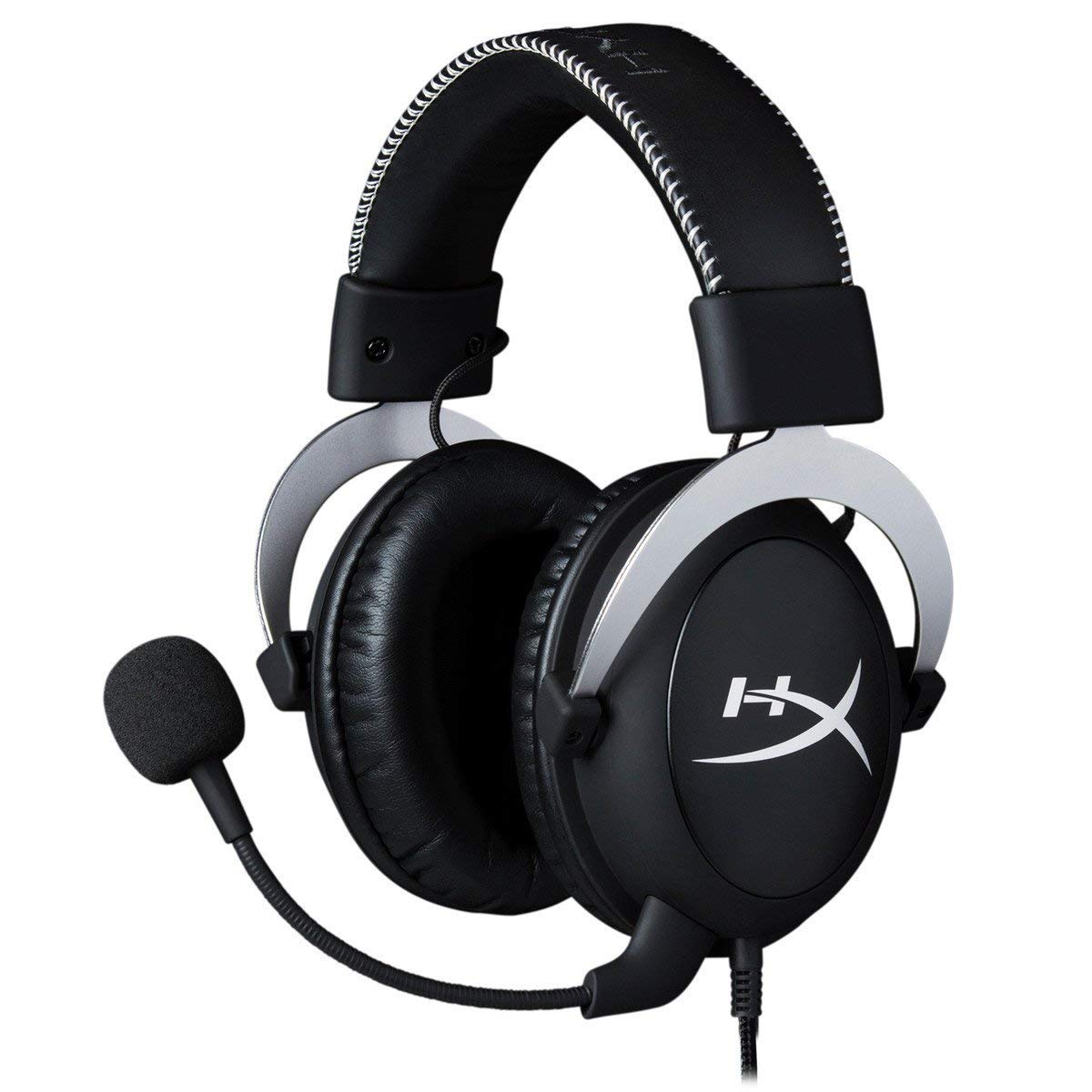Turtle Beach Elite Atlas vs. HyperX CloudX: Which headset should you buy?
Whether we're covering tech or software, we're here to help you choose. We've used both the HyperX CloudX and Turtle Beach Elite Atlas for several months apiece to bring you this guide.
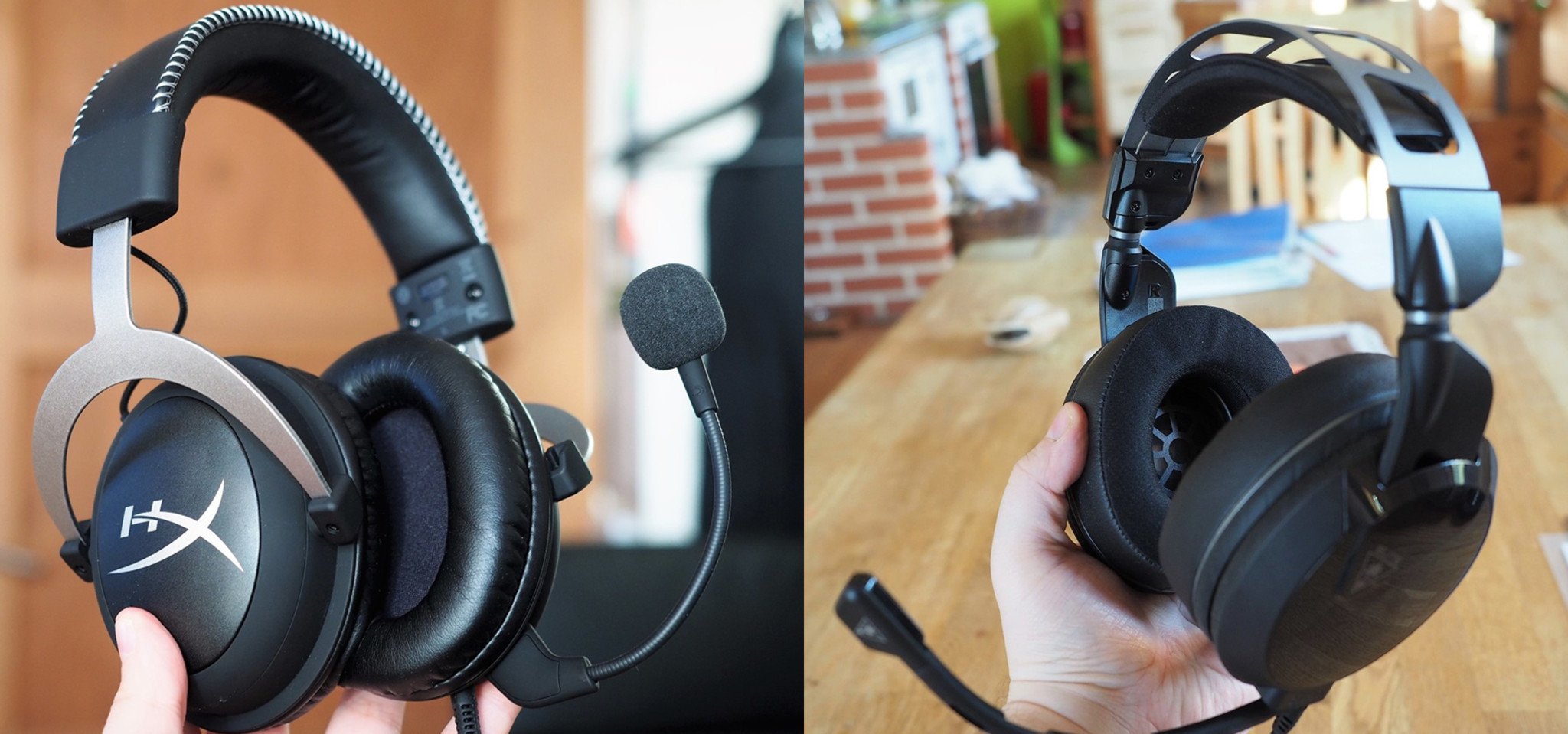
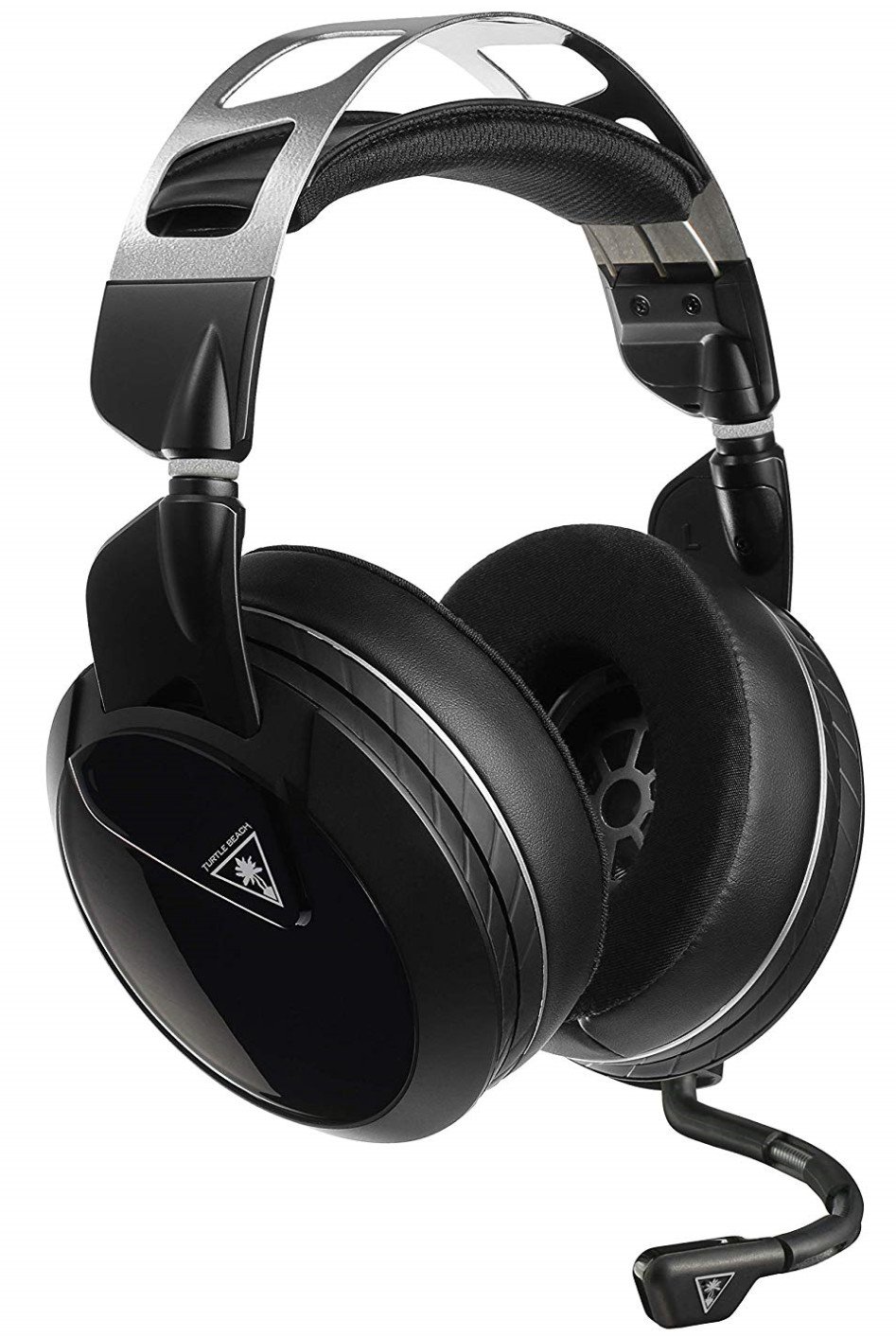
Super customizable
Turtle Beach stepped up its game with the release of the Elite range, and the Atlas continues that tradition. This is one of the only headsets on the market I can definitively say has given me a tactical advantage in gaming.
Pros
- High-quality construction
- Fine-tuned sound profile for gaming
- Excellent value
- Customizability
Cons
- Slightly pricier than the HyperX
The HyperX CloudX and Turtle Beach Elite Atlas look very similar on paper. The specs are near-identical — they share a color palette and feature set — so how do we go about comparing them?
CloudX vs. Elite Atlas: Battle of the details
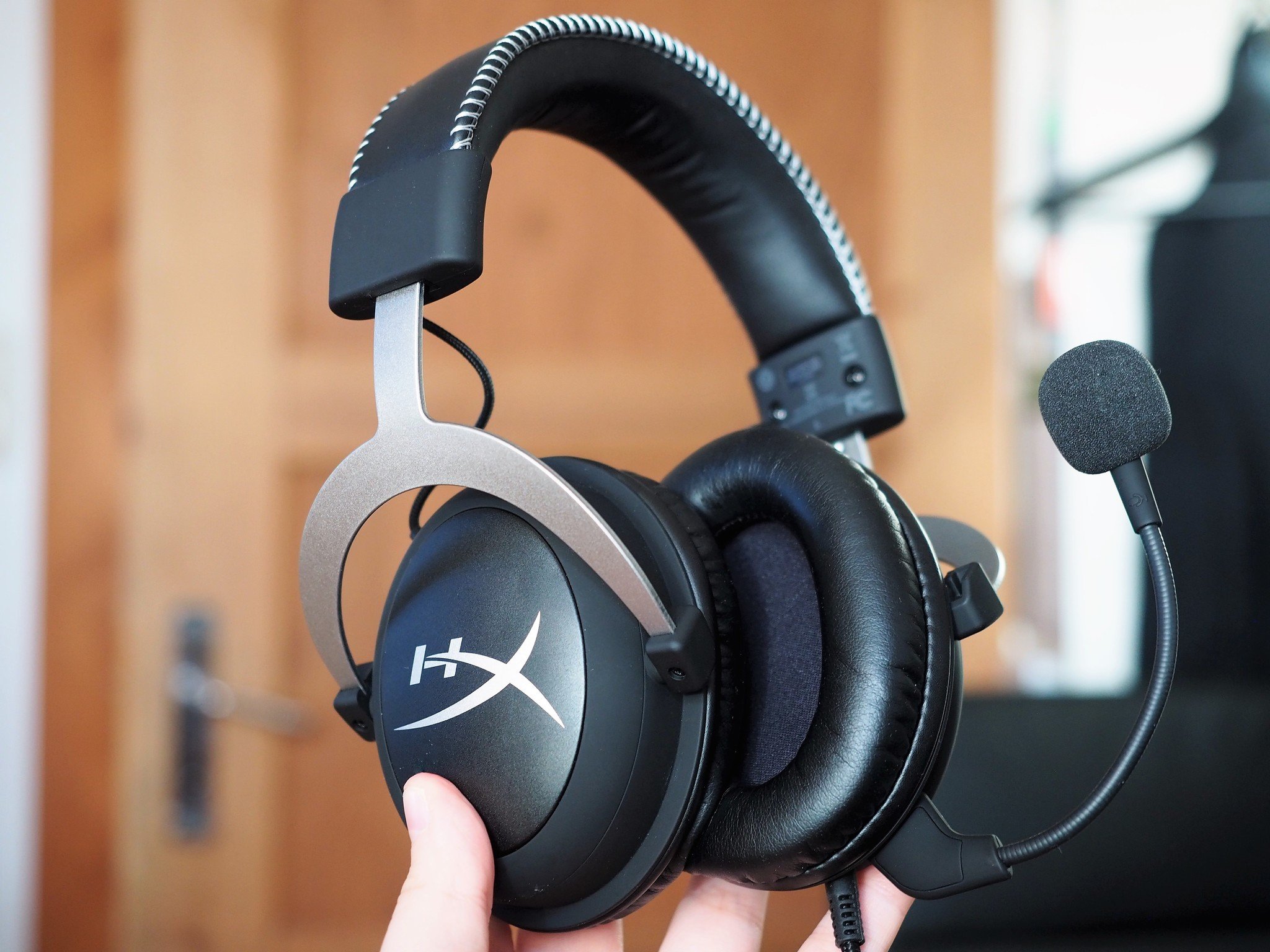
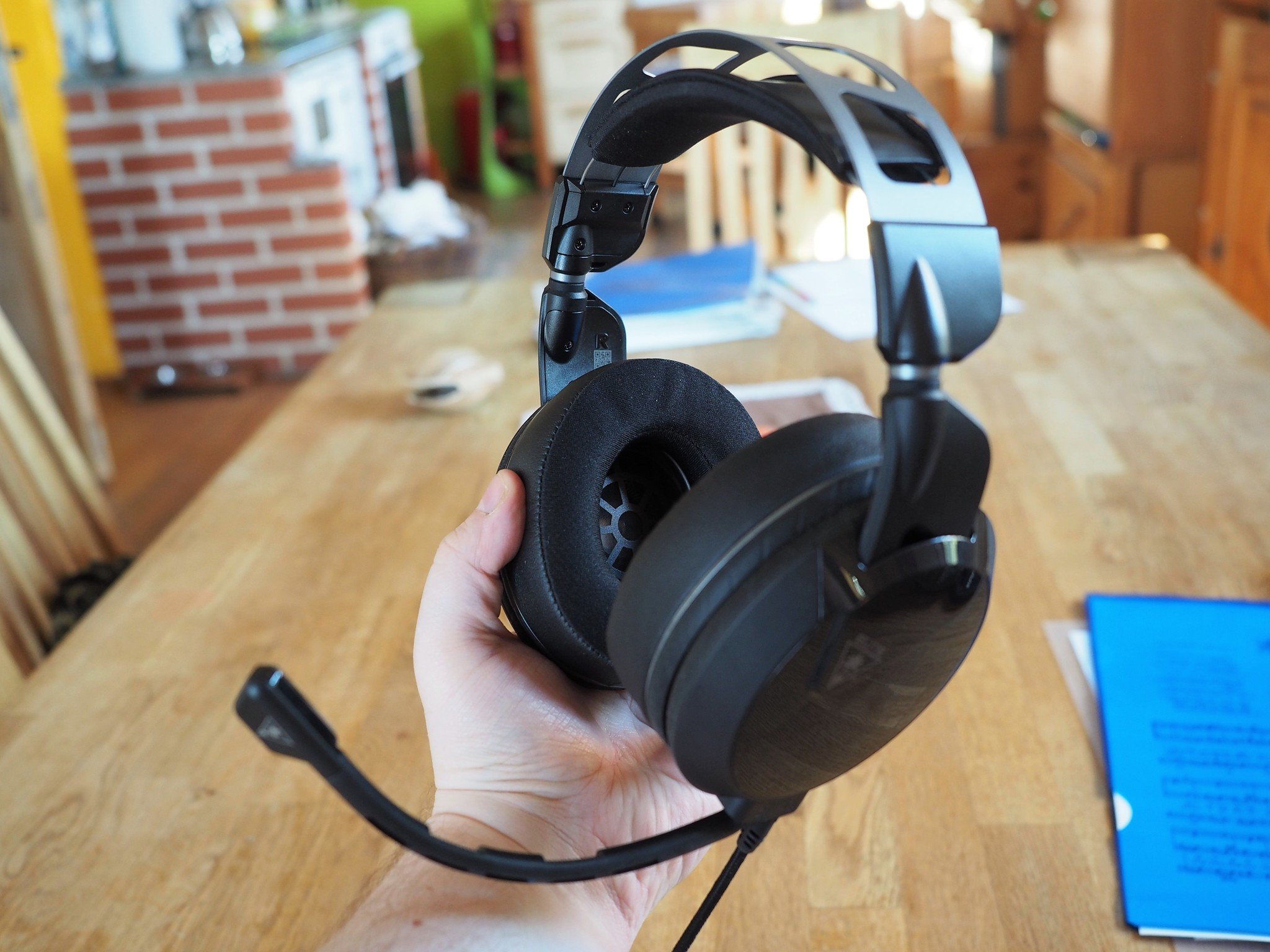
The Elite Atlas and CloudX sport relatively similar specs across the board. The CloudX has a slightly larger speaker at 53mm to the Atlas' 50mm, and the Elite Atlas has a slightly bassier frequency response, going down to 12Hz, while the CloudX goes up to 25kHz.
Despite this, the differences in frequency will be hard to discern in most scenarios, but Turtle Beach works directly with game developers to isolate and accentuate specific audio cues in games, and it really does work. You should hear footsteps and other enemy movements, weapon reloads, and other sound triggers a little more clearly on the Elite Atlas than on the CloudX, and I've certainly found that to be the case. That's not to say the CloudX is a slouch in the audio department, though.
| Spec | CloudX | Elite Atlas |
|---|---|---|
| Speaker | 53mm neodymium | 50mm neodymium |
| Frequency response | 15Hz – 25kHz | 12Hz – 20kHz |
| Connection | 3.5mm | 3.5mm |
| Compatibility | PS4, Xbox One, PC, mobile | PS4, Xbox One, PC, mobile |
| Features | Detachable microphone, in-line audio controls | Detachable microphone, in-line audio controls, customizable plates |
| Price | $80 | $90 |
The trade-off for Turtle Beach's audio profiling is that it can be slightly unnatural sounding at times, which impacts how well the headset handles music and movies. I'd argue that the CloudX has provided a better experience across the board in terms of audio, particularly so in music, even if the Elite Atlas provides a slightly more tactical soundstage for gaming. The differences between them are extremely negligible though, and difficult to reproduce. The truth is, you won't be disappointed regardless of which headset you pick when it comes to sound.
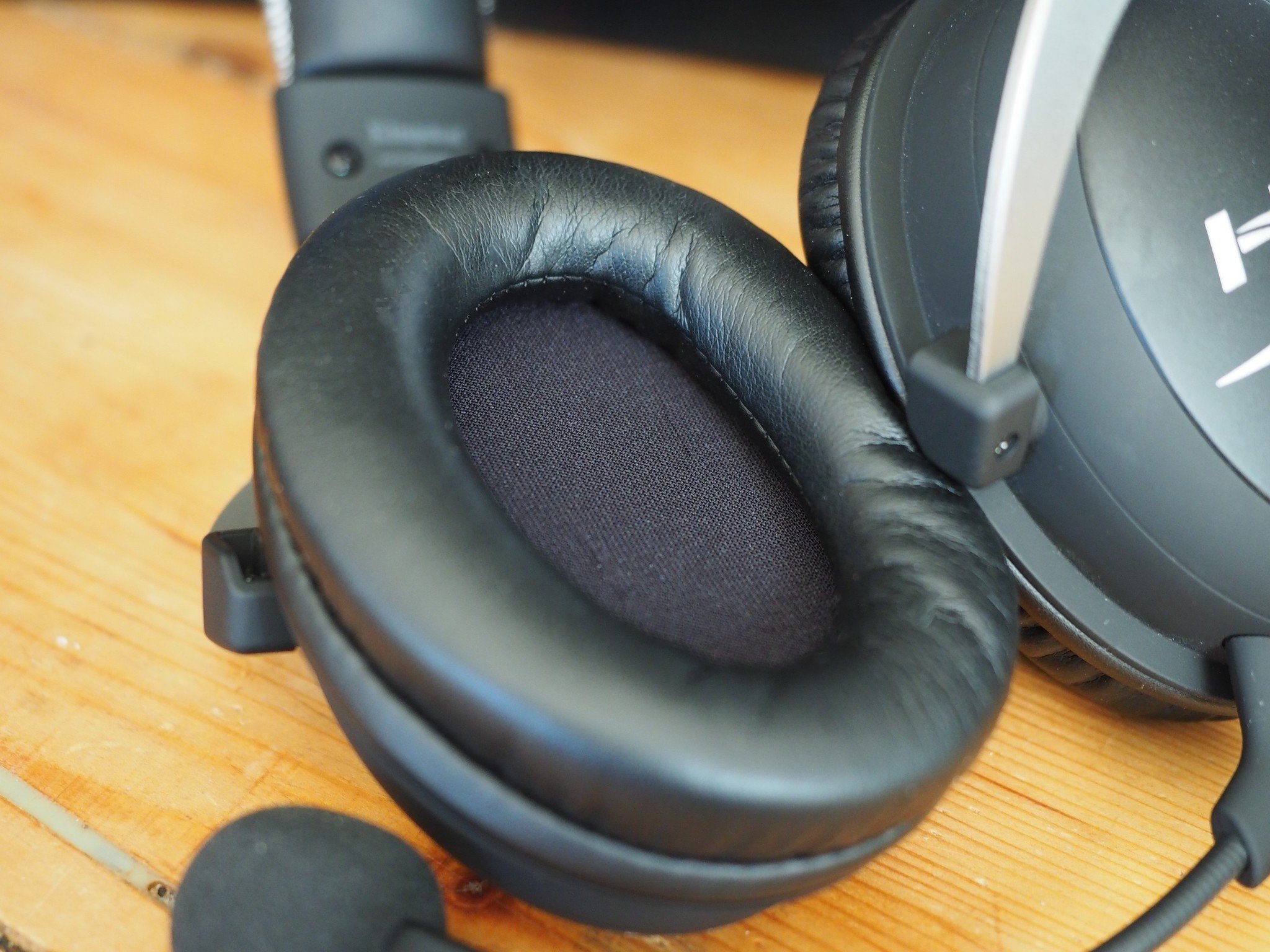
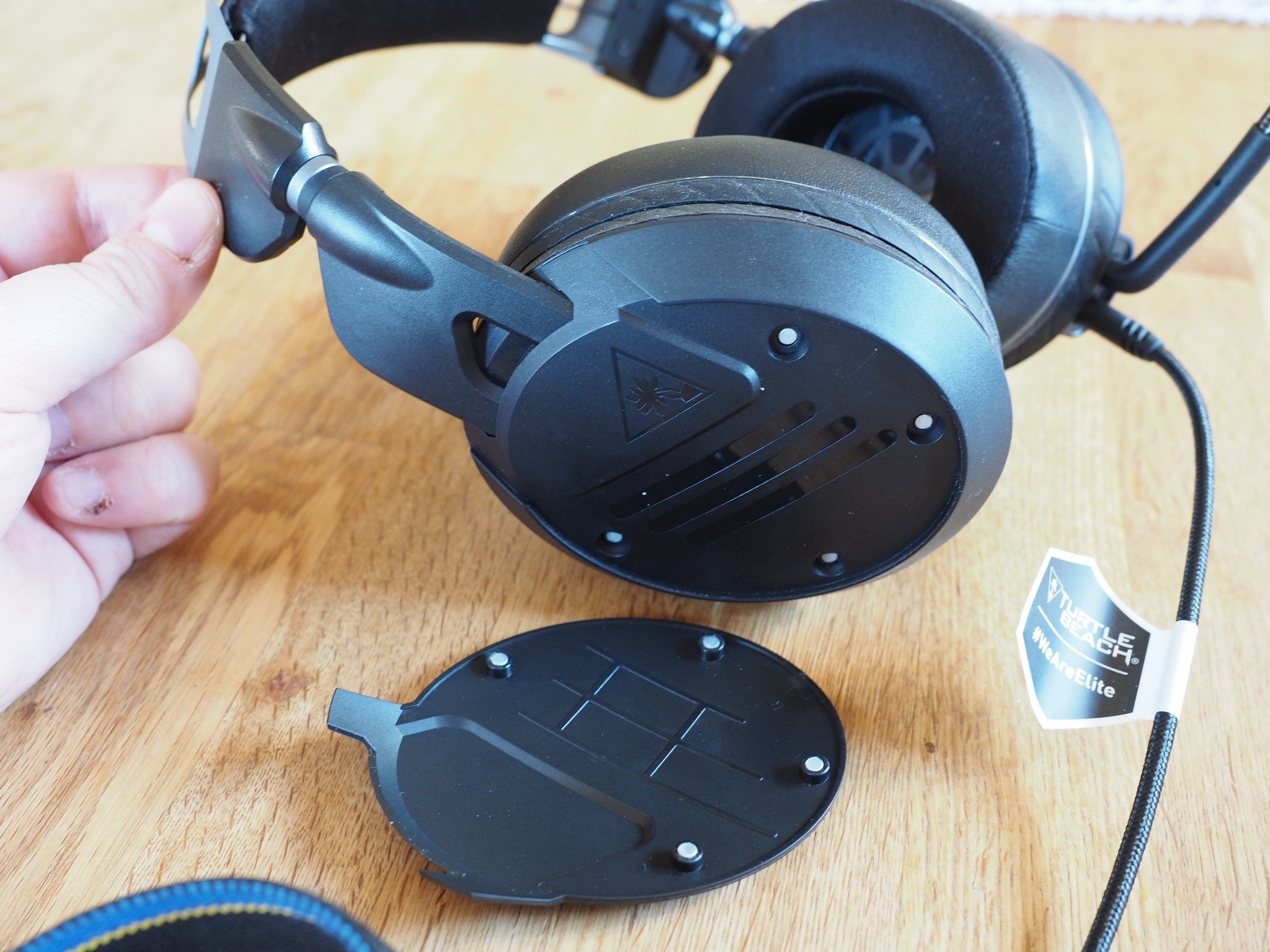
Where the differentiation comes in a bit more is down to features. Both headsets sport a similar color palette, utilizing a metal framework and black fabrics. Design preferences are subjective, but the Elite Atlas' branding is a lot more subtle than the CloudX's, which has the large "HX" branding splashed across the cups, making it a little gaudy to wear outside. Both headsets are extremely comfortable, with detachable, highly flexible microphones and adjustable head straps. Turtle Beach utilizes a floating head band which conforms to your skull, whereas the CloudX uses a more traditional, cushioned headband. Both work fairly well overall, but I think the CloudX might edge out the Atlas slightly in the comfort wars, if for no reason other than how light it is. There's a reason they brand their headsets Cloud after all.
Where the Elite Atlas wins is in its customizability. Taking some cues from Astro, the Elite Atlas speaker cushions and reverse plastic plates are attached conveniently with magnets, allowing you to swap them out. There are a range of speaker plates that celebrate various major esports teams available on Turtle Beach's website, with the ability to purchase replacement cushions if yours get worn out. There's no such visual customizability on the HyperX CloudX, and while the range of accessories for the Elite Atlas isn't that broad right now, it'll no doubt expand to include more brands as time moves on.
CloudX vs. Elite Atlas: Which should you buy?
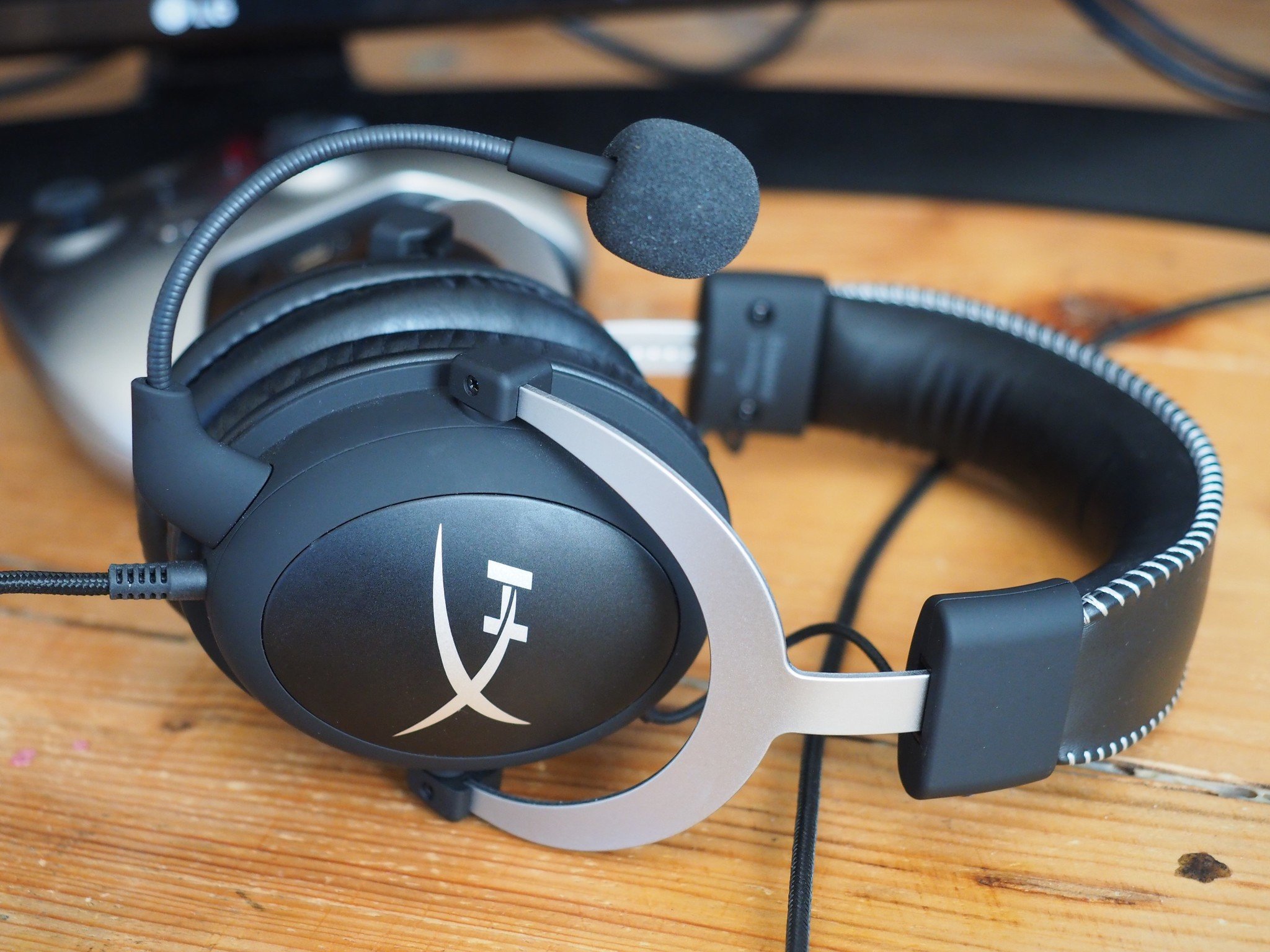
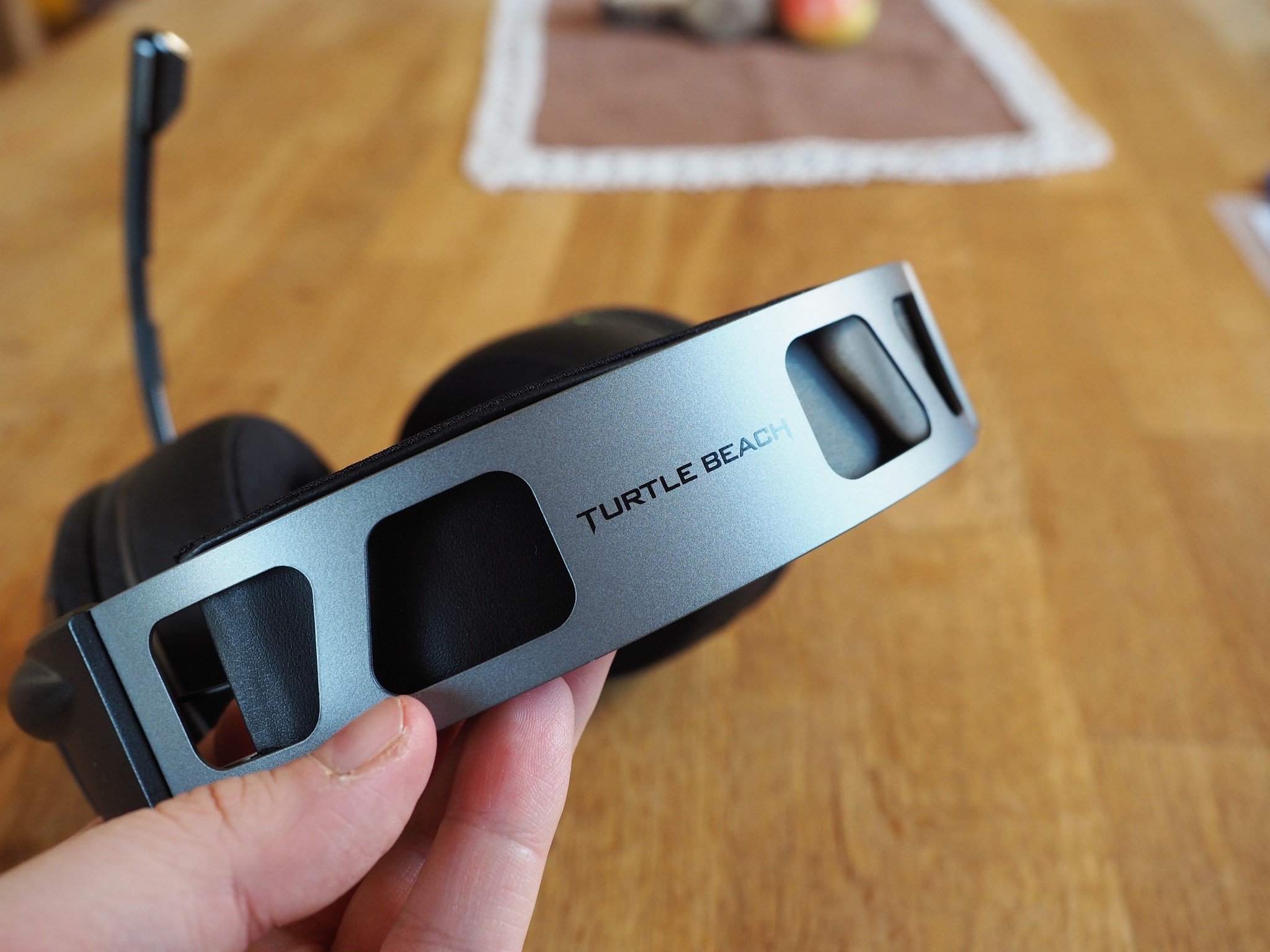
So, which should you buy? I think quite honestly on this one, it comes down to which headset you prefer the look of. They're extremely close in terms of quality and sound. The CloudX is slightly more natural sounding, but the Elite Atlas provides a superior gaming tactical advantage. The CloudX isn't as customizable as the Elite Atlas, but it is a little lighter to wear. Also, the CloudX is also a bit cheaper, saving you $10.
All the latest news, reviews, and guides for Windows and Xbox diehards.
If you play a lot of multiplayer games like Call of Duty, Battlefield, Overwatch, or Fortnite, I'm more inclined to recommend the Turtle Beach Elite Atlas. If you play a lot of single-player cinematic games, the CloudX might be the better choice for you. But if you don't mind either one, pick the one that you think looks cooler, because the differences are almost too close to call! You won't be disappointed, either way.

Turtle Beach brought its A-game
The Turtle Beach Elite Atlas represents a big step up for the company, as it faces stiff competition from manufacturers capitalizing on the esports scene and Fortnite craze. This is one of the few headsets out there I can claim has helped me get kills, as Turtle Beach's audio tuning for games continues to lead the pack.

Jez Corden is the Executive Editor at Windows Central, focusing primarily on all things Xbox and gaming. Jez is known for breaking exclusive news and analysis as relates to the Microsoft ecosystem while being powered by tea. Follow on Twitter (X) and tune in to the XB2 Podcast, all about, you guessed it, Xbox!
